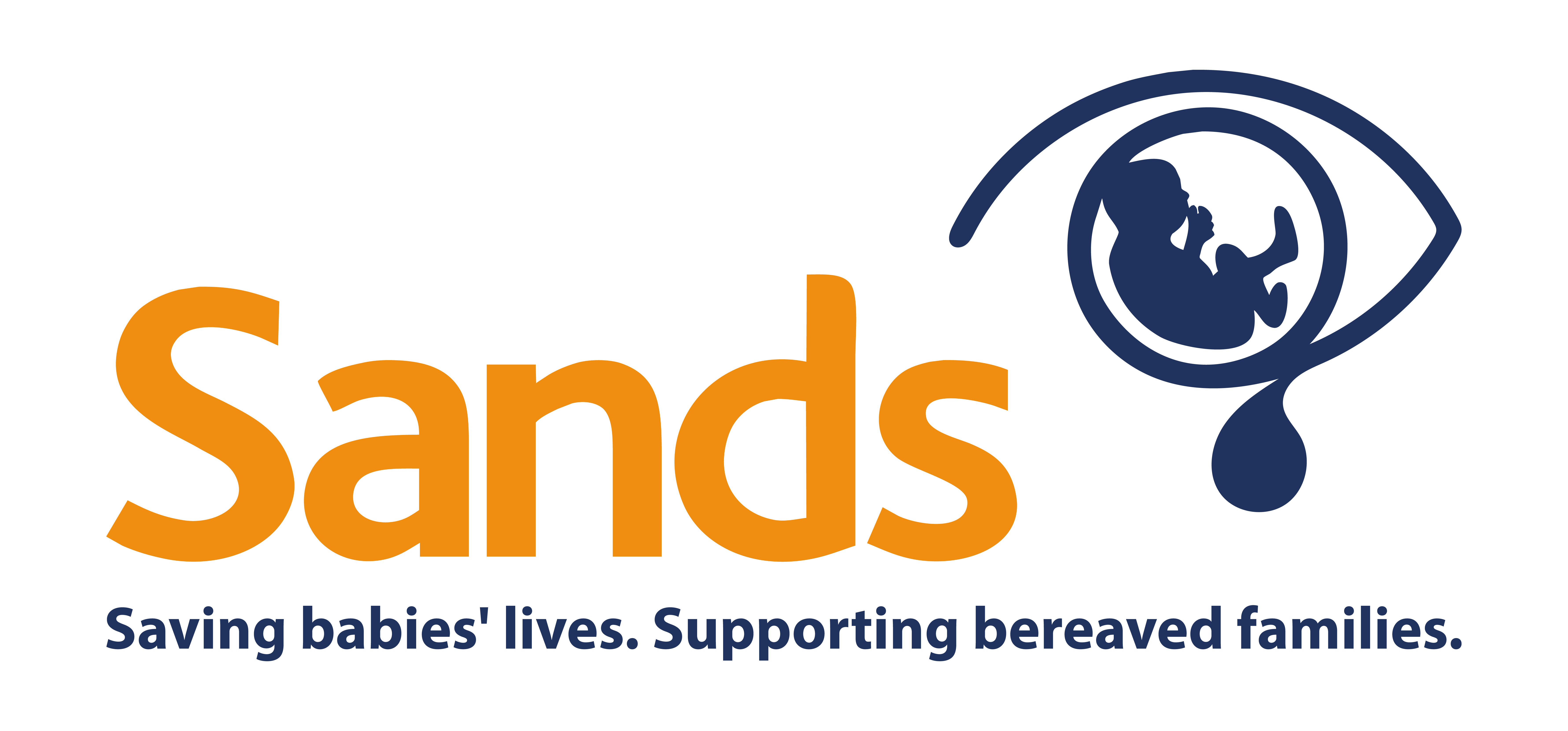Are less invasive methods of post-mortem acceptable to parents?
Sands supported a study by Professor Neil Sebire and Dr Celine Lewis at Great Ormond Street Hospital for Children, to understand whether new types of post-mortem, which are less invasive than traditional investigations, might be acceptable to bereaved parents, how they would compare different post-mortem options and what would be their reasons for doing so. The study was co-authored by Sands and published in the BJOG online in February 2019.
Background
The number of parents who consent to having a post-mortem (or autopsy) on their baby, to try to understand the cause of death, has declined over the past 30 years. Less than one in two parents currently consents to post-mortem, even though the procedure is widely seen as very useful when it's done by a specialist pathologist. Even if a post-mortem doesn't find a conclusive cause of death, it's able to rule out potential causes.
Bereaved parents have to choose whether or not to consent to a post-mortem on their baby in the first day or two after their baby's death. Usually the death is an unexpected tragedy, and while the parents' most pressing question is 'why' their baby died, the decision to consent or not to post-mortem is understandably difficult. We know from previous research that the reasons why parents don't consent include a dislike of the invasiveness of autopsy, a desire to protect the baby from what's seen as further 'harm', and religious considerations.
These things and the likelihood of whether parents would take up emerging investigations, which are either not invasive at all, such as Magnetic Resonance Imaging (MRI), or 'minimally invasive', such as tissue biopsy (which requires smaller incisions), were the focus of Dr Lewis' research.
Minimally Invasive Autopsy
Sands supported the work of researchers at Great Ormond Street Hospital for Children and University College London to explore and evaluate less invasive methods of post-mortem. Professor Owen Arthurs, Dr Susan Shelmerdine and Dr Ian Simcock worked on different aspects of a range of methods, including micro CT scans, needle biopsies (akin to keyhole surgery) and post mortem ultrasound scanning techniques.
Their combined research has shown that more than 90% of important histological findings, established through doing conventionally invasive post-mortem, can also be established through a combination of MRI with tissue biopsy - the type of investigations health professionals would conduct on living patients, to identify an illness. These less invasive post mortem options are currently available in a very small number of centres in the UK. Great Ormond Street Hospital for Children have produced an animation explaining the minimally invasive autopsy methods that are available to parents at their centre.

